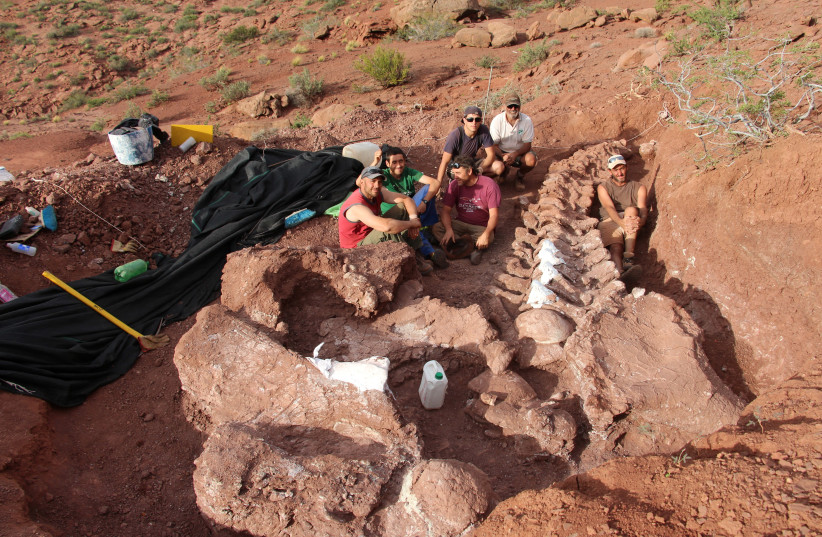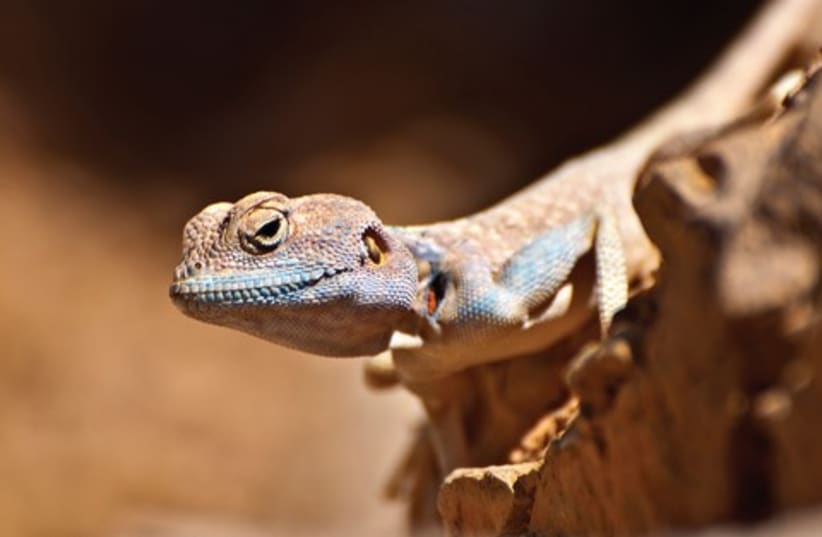Squamates, including reptiles such as snakes, lizards and worm lizards, may have been on Earth for much longer than they were previously believed to have been, a new peer-reviewed study published in eLife found last week.
The study, conducted by researchers from the Institut Català de Paleontologia Miquel Crusafont (ICP) and the University of Bristol (UB), found that these animals can be traced all the way back to the Jurassic period.
Although the Squamata is the largest order of reptiles, made up of over 10,000 different species, their evolutionary origins are not yet well understood.
The previous consensus held that all the main squamate groups were present before the destruction of the dinosaurs at the end of the Mesozoic era, prior to which numerous tetrapods including lizards, birds and mammals greatly diversified as a result of the existence of flowering plants during the Cretaceous Terrestrial Revolution.
A lack of squamate fossils from the Jurassic period indicated that most of the evolution occurred during the Cretaceous period, between 145 and 66 million years ago.


The new research, led by ICP and UB paleontologist Arnau Bolet, as well as UB's Michael Benton, Tom Stubbs and Jorge Herrera-Flores, contested this, suggesting a much earlier radiation of squamates.
Their research found that squamates most likely underwent most of their evolutionary changes during the Jurassic period, between 201 and 145 million years ago.
“Even though Jurassic squamates are rare, reconstructed evolutionary trees show that all the main specializations of squamates evolved then, and it’s possible to distinguish adaptations of geckoes, iguanas, skinks, worm lizards, and snakes some 50 million years earlier than had been thought,” Benton said.
The researchers came to this conclusion because squamate fossils from the Jurassic show modern adaptations similar to those of present-day species rather than primitive ones.
“Instead of finding a suite of generalized lizards on the stem of the squamate tree, what we found in the Jurassic were the first representatives of many modern groups, showing advanced morphological features”, Bolet said.
